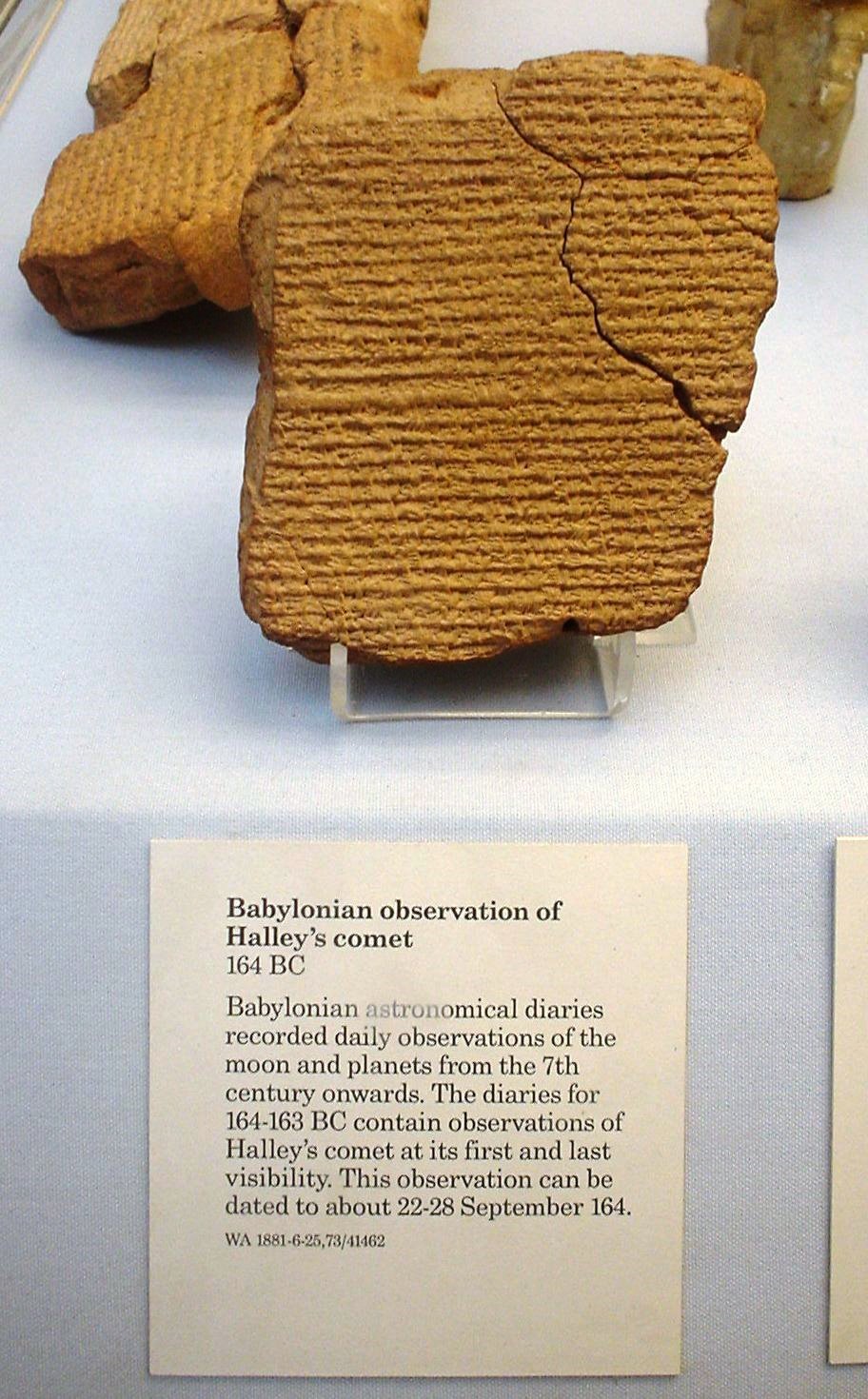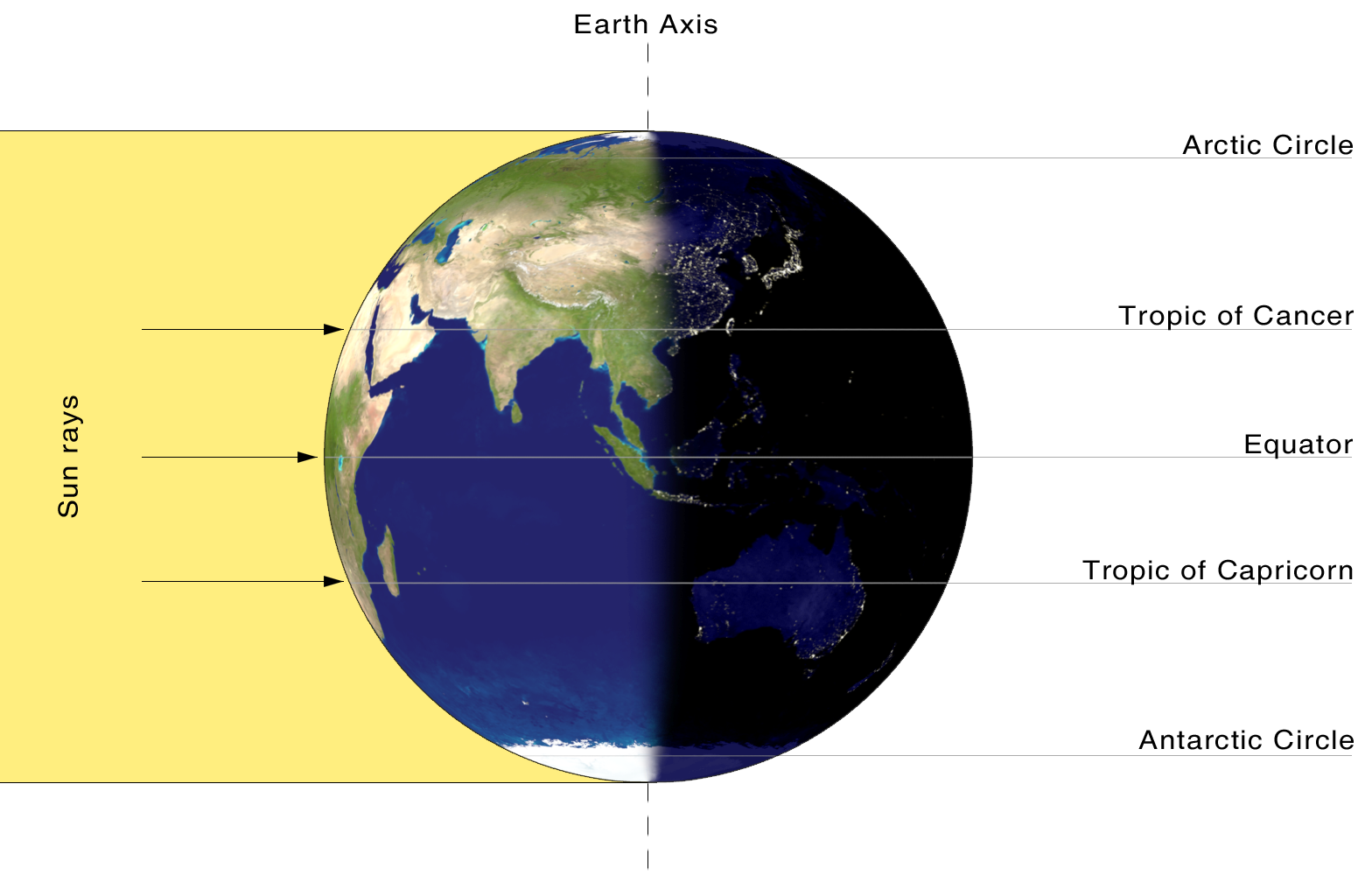|
Royal Stars
In astrology, the royal stars of Persia are Aldebaran, Regulus, Antares and Fomalhaut. They were regarded as the guardians of the sky during the time of the Persian Empire (550 BC–330 BC) in the area of modern-day Iran. The Persians believed that the sky was divided into four districts with each district being guarded by one of the four Royal Stars. The stars were believed to hold both good and evil power and the Persians looked upon them for guidance in scientific calculations of the sky, such as the calendar and lunar/solar cycles, and for predictions. The royal stars are mentioned in the '' Bundahishn'', a collection of Zoroastrian cosmogony and cosmology. History The four stars with their modern names, and their ancient Persian names (in brackets) were: * Aldebaran (Tascheter) – vernal equinox (Watcher of the East) * Regulus (Venant) – summer solstice (Watcher of the North) * Antares (Satevis) – autumnal equinox (Watcher of the West) * Fomalhaut (Hafto ... [...More Info...] [...Related Items...] OR: [Wikipedia] [Google] [Baidu] |
Astrology
Astrology is a range of divinatory practices, recognized as pseudoscientific since the 18th century, that claim to discern information about human affairs and terrestrial events by studying the apparent positions of celestial objects. Different cultures have employed forms of astrology since at least the 2nd millennium BCE, these practices having originated in calendrical systems used to predict seasonal shifts and to interpret celestial cycles as signs of divine communications. Most, if not all, cultures have attached importance to what they observed in the sky, and some—such as the Hindus, Chinese, and the Maya—developed elaborate systems for predicting terrestrial events from celestial observations. Western astrology, one of the oldest astrological systems still in use, can trace its roots to 19th–17th century BCE Mesopotamia, from where it spread to Ancient Greece, Rome, the Islamic world, and eventually Central and Western Europe. Contemporary Western as ... [...More Info...] [...Related Items...] OR: [Wikipedia] [Google] [Baidu] |
Persian Empire
The Achaemenid Empire or Achaemenian Empire (; peo, 𐎧𐏁𐏂, , ), also called the First Persian Empire, was an ancient Iranian empire founded by Cyrus the Great in 550 BC. Based in Western Asia, it was contemporarily the largest empire in history, spanning a total of from the Balkans and Egypt in the west to Central Asia and the Indus Valley in the east. Around the 7th century BC, the region of Persis in the southwestern portion of the Iranian plateau was settled by the Persians. From Persis, Cyrus rose and defeated the Median Empire as well as Lydia and the Neo-Babylonian Empire, marking the formal establishment of a new imperial polity under the Achaemenid dynasty. In the modern era, the Achaemenid Empire has been recognized for its imposition of a successful model of centralized, bureaucratic administration; its multicultural policy; building complex infrastructure, such as road systems and an organized postal system; the use of official languages acro ... [...More Info...] [...Related Items...] OR: [Wikipedia] [Google] [Baidu] |
Lion
The lion (''Panthera leo'') is a large Felidae, cat of the genus ''Panthera'' native to Africa and India. It has a muscular, broad-chested body; short, rounded head; round ears; and a hairy tuft at the end of its tail. It is sexually dimorphic; adult male lions are larger than females and have a prominent mane. It is a social species, forming groups called ''prides''. A lion's pride consists of a few adult males, related females, and cubs. Groups of female lions usually hunt together, preying mostly on large ungulates. The lion is an apex predator, apex and keystone predator; although some lions scavenge when opportunities occur and have been known to hunt Human, humans, lions typically don't actively seek out and prey on humans. The lion inhabits grasslands, savannas and shrublands. It is usually more diurnality, diurnal than other wild cats, but when persecuted, it adapts to being active nocturnality, at night and crepuscular, at twilight. During the Neolithic period, the li ... [...More Info...] [...Related Items...] OR: [Wikipedia] [Google] [Baidu] |
Leo (constellation)
Leo is one of the constellations of the zodiac, between Cancer the crab to the west and Virgo the maiden to the east. It is located in the Northern celestial hemisphere. Its name is Latin for lion, and to the ancient Greeks represented the Nemean Lion killed by the mythical Greek hero Heracles meaning 'Glory of Hera' (known to the ancient Romans as Hercules) as one of his twelve labors. Its old astronomical symbol is (♌︎). One of the 48 constellations described by the 2nd-century astronomer Ptolemy, Leo remains one of the 88 modern constellations today, and one of the most easily recognizable due to its many bright stars and a distinctive shape that is reminiscent of the crouching lion it depicts. The lion's mane and shoulders also form an asterism known as "The Sickle," which to modern observers may resemble a backwards "question mark." Features Stars Leo contains many bright stars, many of which were individually identified by the ancients. There are four stars of th ... [...More Info...] [...Related Items...] OR: [Wikipedia] [Google] [Baidu] |
Constellation
A constellation is an area on the celestial sphere in which a group of visible stars forms a perceived pattern or outline, typically representing an animal, mythological subject, or inanimate object. The origins of the earliest constellations likely go back to prehistory. People used them to relate stories of their beliefs, experiences, creation, or mythology. Different cultures and countries adopted their own constellations, some of which lasted into the early 20th century before today's constellations were internationally recognized. The recognition of constellations has changed significantly over time. Many changed in size or shape. Some became popular, only to drop into obscurity. Some were limited to a single culture or nation. The 48 traditional Western constellations are Greek. They are given in Aratus' work ''Phenomena'' and Ptolemy's ''Almagest'', though their origin probably predates these works by several centuries. Constellations in the far southern sky were ... [...More Info...] [...Related Items...] OR: [Wikipedia] [Google] [Baidu] |
Winter Solstice
The winter solstice, also called the hibernal solstice, occurs when either of Earth's poles reaches its maximum tilt away from the Sun. This happens twice yearly, once in each hemisphere (Northern and Southern). For that hemisphere, the winter solstice is the day with the shortest period of daylight and longest night of the year, when the Sun is at its lowest daily maximum elevation in the sky. Either pole experiences continuous darkness or twilight around its winter solstice. The opposite event is the summer solstice. The winter solstice occurs during the hemisphere's winter. In the Northern Hemisphere, this is the December solstice (usually 21st or 22nd December) and in the Southern Hemisphere, this is the June solstice (usually 20th or 21st of June). Although the winter solstice itself lasts only a moment, the term also refers to the day on which it occurs. The term midwinter is also used synonymously with the winter solstice, although it carries other meanings as ... [...More Info...] [...Related Items...] OR: [Wikipedia] [Google] [Baidu] |
Summer Solstice
The summer solstice, also called the estival solstice or midsummer, occurs when one of Earth's poles Poles,, ; singular masculine: ''Polak'', singular feminine: ''Polka'' or Polish people, are a West Slavic nation and ethnic group, who share a common history, culture, the Polish language and are identified with the country of Poland in Ce ... has its maximum tilt toward the Sun. It happens twice yearly, once in each Hemispheres of Earth, hemisphere (Northern Hemisphere, Northern and Southern Hemisphere, Southern). For that hemisphere, the summer solstice is the day with the longest daytime, period of daylight and shortest night of the year, when the Sun is at its culmination, highest position in the sky. Within the Arctic circle (for the Northern hemisphere) or Antarctic circle (for the Southern), there is Midnight sun, continuous daylight around the summer solstice. The opposite event is the winter solstice. The summer solstice occurs during summer. This is the June s ... [...More Info...] [...Related Items...] OR: [Wikipedia] [Google] [Baidu] |
September Equinox
The September equinox (or southward equinox) is the moment when the Sun appears to cross the celestial equator, heading southward. Because of differences between the calendar year and the tropical year, the September equinox may occur anytime from September 21 to 24. At the equinox, the Sun as viewed from the equator sunrise, rises due east and sunset, sets due west. Before the Southward equinox, the Sun rises and sets more northerly, and afterwards, it rises and sets more southerly. The equinox may be taken to mark the end of Astronomical season, astronomical summer and the beginning of astronomical autumn (autumnal equinox) in the Northern Hemisphere, while marking the end of astronomical winter and the start of astronomical spring (vernal equinox) in the Southern Hemisphere. Occurrences The September equinox is one point in time commonly used to determine the length of the tropical year. The dates and times of the September equinoxes that occur from the year 2017 to 202 ... [...More Info...] [...Related Items...] OR: [Wikipedia] [Google] [Baidu] |
March Equinox
The March equinox or northward equinox is the equinox on the Earth when the subsolar point appears to leave the Southern Hemisphere and cross the celestial equator, heading northward as seen from Earth. The March equinox is known as the vernal equinox (spring equinox) in the Northern Hemisphere and as the autumnal equinox in the Southern Hemisphere. On the Gregorian calendar, the northward equinox can occur as early as 19 March or as late as 21 March at 0° longitude. For a common year the computed time slippage is about 5 hours 49 minutes ''later'' than the previous year, and for a leap year about 18 hours 11 minutes ''earlier'' than the previous year. Balancing the increases of the common years against the losses of the leap years keeps the calendar date of the March equinox from drifting more than one day from 20 March each year. The March equinox may be taken to mark the beginning of astronomical spring and the end of astronomical winter in the Northern Hemisphere ... [...More Info...] [...Related Items...] OR: [Wikipedia] [Google] [Baidu] |
Aquarius (constellation)
Aquarius is an equatorial constellation of the zodiac, between Capricornus and Pisces. Its name is Latin for "water-carrier" or "cup-carrier", and its old astronomical symbol is (♒︎), a representation of water. Aquarius is one of the oldest of the recognized constellations along the zodiac (the Sun's apparent path). It was one of the 48 constellations listed by the 2nd century astronomer Ptolemy, and it remains one of the 88 modern constellations. It is found in a region often called the Sea due to its profusion of constellations with watery associations such as Cetus the whale, Pisces the fish, and Eridanus the river. At apparent magnitude 2.9, Beta Aquarii is the brightest star in the constellation. History and mythology Aquarius is identified as "The Great One" in the Babylonian star catalogues and represents the god Ea himself, who is commonly depicted holding an overflowing vase. The Babylonian star-figure appears on entitlement stones and cylinder seals from the ... [...More Info...] [...Related Items...] OR: [Wikipedia] [Google] [Baidu] |
Sadalmelik
Alpha Aquarii, officially named Sadalmelik (), is a single star in the constellation of Aquarius. The apparent visual magnitude of 2.94 makes this the second-brightest star in Aquarius. Based upon parallax measurements made during the ''Hipparcos'' mission, it is located at a distance of roughly from the Sun. It is drifting further away from the Sun with a radial velocity of 7.5 km/s. It forms the primary or 'A' component of a double star designated WDS J22058-0019; the secondary or 'B' component is UCAC2 31789179. Nomenclature ''α Aquarii'' ( Latinised to ''Alpha Aquarii'') is the star's Bayer designation. WDS J22058-0019 A is its designation in the Washington Double Star Catalog. It bore the traditional name ''Sadalmelik'', which derived from an Arabic expression سعد الملك (''sa‘d al-malik''), meaning "Luck of the king". The name ''Rucbah'' had also been applied to this star; though it shared that name with Delta Cassiopeiae.pp. 51, 1 ... [...More Info...] [...Related Items...] OR: [Wikipedia] [Google] [Baidu] |
Piscis Austrinus
Piscis Austrinus is a constellation in the southern celestial hemisphere. The name is Latin for "the southern fish", in contrast with the larger constellation Pisces, which represents a pair of fish. Before the 20th century, it was also known as Piscis Notius. Piscis Austrinus was one of the 48 constellations listed by the 2nd-century astronomer Ptolemy, and it remains one of the 88 modern constellations. The stars of the modern constellation Grus once formed the "tail" of Piscis Austrinus. In 1597 (or 1598), Petrus Plancius carved out a separate constellation and named it after the crane. It is a faint constellation, containing only one star brighter than 4th magnitude: Fomalhaut, which is 1st magnitude and the 18th-brightest star in the night sky. Fomalhaut is surrounded by a circumstellar disk, and possibly hosts a planet. Other objects contained within the boundaries of the constellation include Lacaille 9352, the brightest red dwarf star in the night sky (though still ... [...More Info...] [...Related Items...] OR: [Wikipedia] [Google] [Baidu] |







